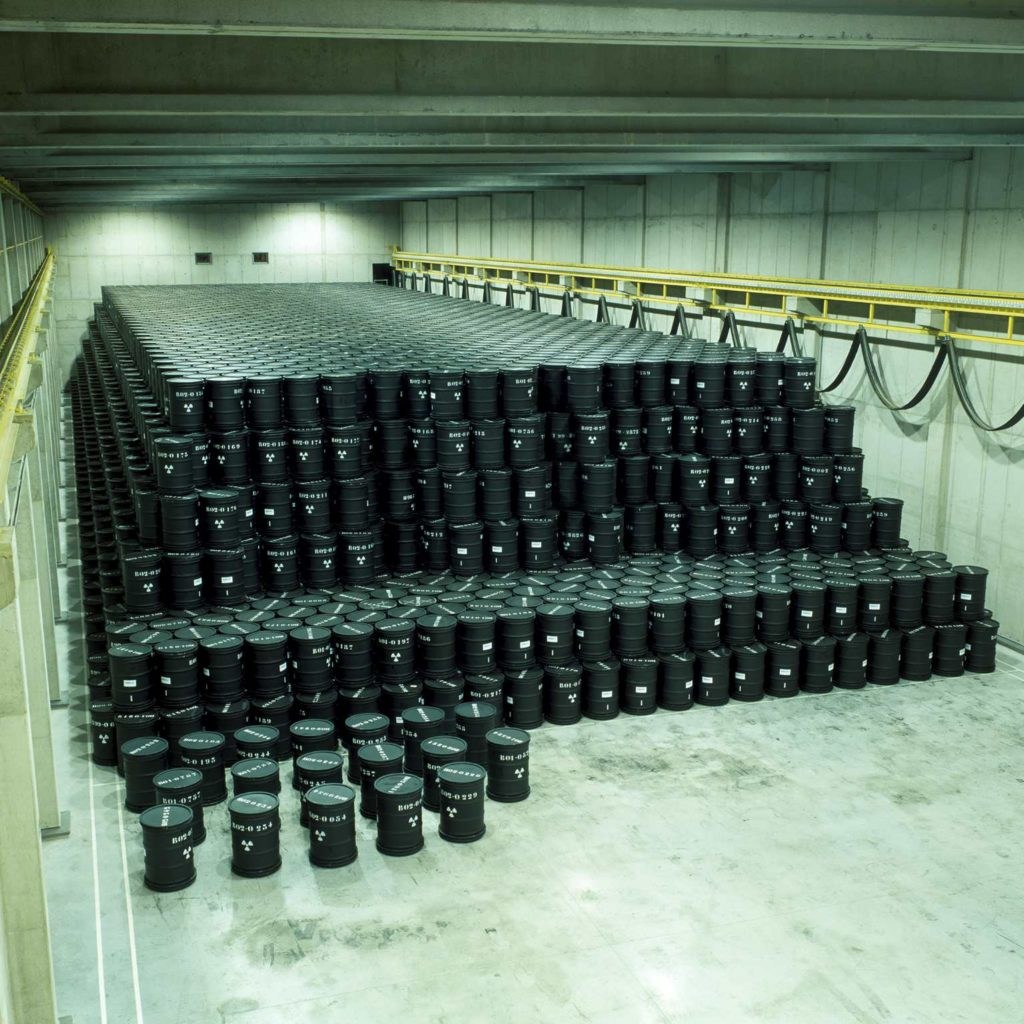A painstaking operation to clear up a radiation contaminated site in Fleurus, Wallonia has finally concluded on 28 June, after nearly 10 years of monitoring and rehabilitation, according to Belgian broadcaster RTBF.
The site, located within the grounds of the Institute of Radio Elements (IRE) were once homed to American company Best Medical, which produced radioisotopes for the international medical sector. Folding in 2012, the company left behind tonnes of radioactive waste in four buildings at the IRE.
Entrusted to ONDRAF, the Belgian National Agency for Radioactive Waste and enriched Fissile Material, preparations for a full decontamination of the site began in 2013 and began in 2017.
The rehabilitation of the site was painstakingly undertaken by technicians over the space of 5 years. Due to the highly radioactive nature of the site, at all steps of the process, ONDRAF personnel had to ensure that no leakage of radiation impacted the health of local residents, many of whom live close to the site.
Related News
- Pollution linked to 10% of cancers in Europe
- ‘A decision for thousands of years to come’: What to do with Belgium's nuclear waste?
During the clean-up process, one of the buildings at the IRE site was destroyed. The remaining three buildings will be returned to the institute for future activities, such as the development of medical radioisotopes.
During the over 5 years of work, a total of 582 tonnes of waste have been removed from the site. 58 tonnes, or around 10% of the total material removed, are radioactive and have been transferred to Dessel where they will be processed as radioactive waste by Belgoprocess.
There is some controversy surrounding Belgium's treatment of nuclear waste. Belgoprocess may soon be forced to build a subterranean network of corridors up to 60 kilometres underground to house radioactive waste from Belgium's nuclear reactors and radioisotope industry.

